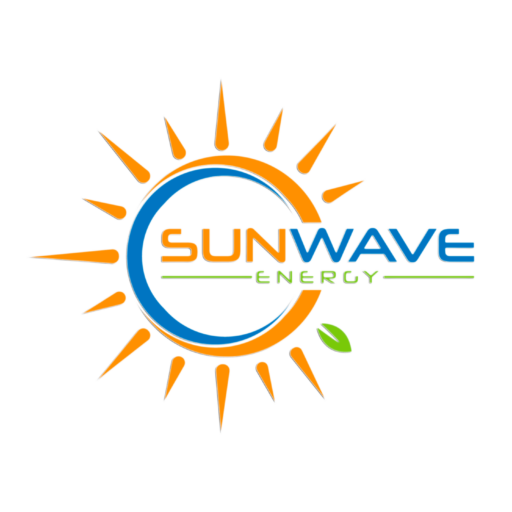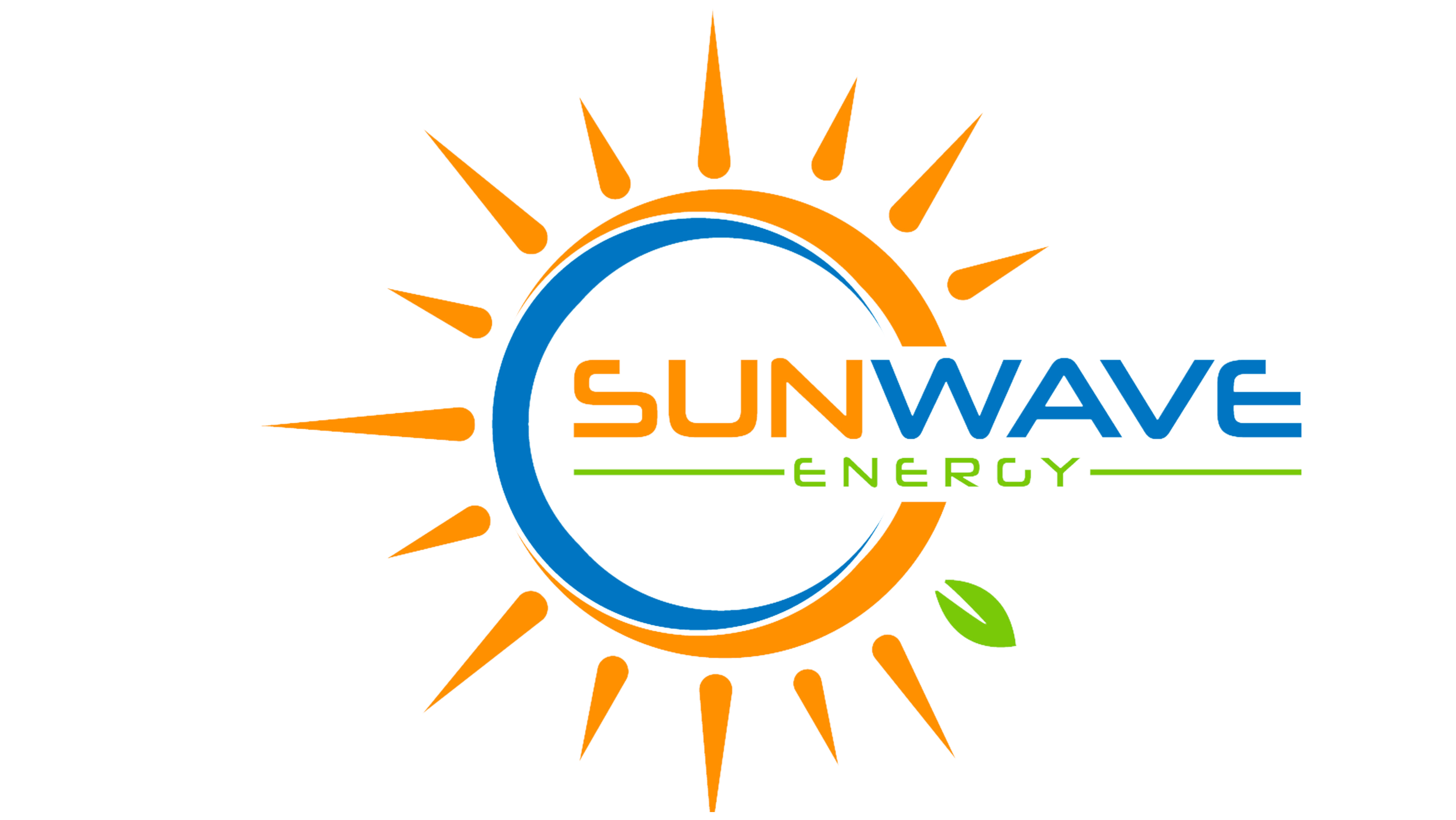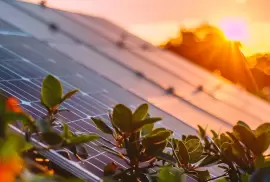
When considering solar panel installation for home improvement, it’s essential to do it right to maximize efficiency and savings. Many homeowners face challenges such as ensuring proper placement and avoiding common installation mistakes. This article will provide essential tips for professional solar panel installation, highlight common mistakes to avoid, and discuss ways to maximize system performance after installation. By following this checklist, readers will reduce errors and enhance the benefits of their solar energy investment, leading to a smoother construction process and greater long-term gains with SunWave Energy.
Key Takeaways
- Selecting qualified installers is essential for ensuring efficiency and safety of solar systems
- Regular maintenance checks can significantly enhance the performance and longevity of solar panels
- Understanding energy needs helps optimize solar panel placement and system design for maximum benefits
- Assessing roof suitability impacts overall energy production and system efficiency during installation
- Exploring warranty options provides security and peace of mind for homeowners investing in solar energy
Essential Tips for Professional Solar Panel Installation
Understanding the essential tips for professional solar panel installation is key to a successful setup. This includes knowledge of the different types of solar panels, evaluating roof suitability, and selecting a qualified installation company for sunwave energy. Additionally, obtaining necessary permits, assessing sunwave energy needs, and considering the impact of sunlight and shade are crucial. It is also important to use quality materials, prioritize safety during installation, and explore warranty options for peace of mind.
Understand the Different Types of Solar Panels
Understanding the various types of solar panels is crucial for determining the best fit for individual needs. There are primarily three types: monocrystalline, polycrystalline, and thin-film panels, each with unique efficiency and cost factors. Choosing the right panel involves evaluating roof compatibility and the space available in the lawn area, while considering safety measures and ensuring that the installation team has professional certification to guarantee quality and reliability.
- Identify different solar panel types: monocrystalline, polycrystalline, thin-film.
- Evaluate roof suitability for installation.
- Assess available lawn space for potential solar energy systems.
- Prioritize safety measures during the installation process.
- Ensure installers hold appropriate professional certification.
Evaluate Your Roof‘s Suitability for Solar
Evaluating a roof‘s suitability for solar panel installation is a critical step in the process. Homeowners should consider factors such as the roof‘s angle, orientation, and material, which can significantly impact sunlight exposure and overall efficiency. Ensuring the roof can withstand wind loads and drilling requirements for panel attachment is essential for long-term stability and safety, allowing property owners to capitalize on potential tax credits and benefits associated with solar energy use.
Research and Choose the Right Installation Company
Choosing the right installation company is vital for a successful solar panel system setup. Homeowners should research potential experts by reviewing their credentials, customer testimonials, and past project experiences. It is essential to confirm that the company understands local regulations, including requirements for net metering, and can effectively address potential challenges, such as snow accumulation, which may impact system efficiency. Platforms like EnergySage can provide valuable resources to compare companies and ensure that property owners select knowledgeable professionals for their solar energy needs.
Obtain Necessary Permits and Understand Local Regulations
Obtaining necessary permits and understanding local regulations is a vital component of the installation solar panel process. Each municipality may have different rules regarding the installation of rooftop solar panels, including specific guidelines related to electrical wiring and safety standards. Working with reputable solar companies ensures that all legal requirements are met, allowing homeowners to focus on maximizing energy efficiency and benefiting from potential savings.
Assess Your Energy Needs for Optimal Panel Placement
Assessing energy needs is essential when planning to install solar panels, as it determines optimal panel placement and system design. Homeowners should evaluate their current and future electricity consumption to ensure the solar energy system can meet their requirements efficiently. By incorporating home automation technologies, individuals can increase their energy efficiency, lower reliance on an electric generator, and enhance the longevity of their solar investment.
- Evaluate current and future electricity consumption.
- Determine compatibility of solar energy systems with home automation technologies.
- Enhance efficiency to reduce reliance on electric generators.
- Focus on maximizing the longevity of the solar panel investment.
Consider the Impact of Sunlight and Shade on Installation
When planning to install solar panels, considering the impact of sunlight and shade is essential for effective solar installation. Sunlight exposure directly affects energy production, so it is vital to analyze factors such as nearby trees, buildings, or other obstructions that may create shade. A professional solar company can perform a thorough inspection to determine optimal panel placement, ensuring maximum efficiency and productivity while also discussing options like power purchase agreements for energy savings.
Use Quality Installation Materials and Equipment
Using quality installation materials and equipment is essential for creating a reliable solar energy system. The integration of electric power and energy storage solutions can greatly enhance overall efficiency and performance. Working with a contractor certified by the North American Board of Certified Energy Practitioners ensures that only top-grade components are utilized, which often come with favorable warranties, providing homeowners with peace of mind regarding their investment.
Plan for Maintenance After Installation
Planning for maintenance after solar panel installation is critical to ensure long-term efficiency and performance. Homeowners should regularly assess their systems, particularly the angle of the panels, to maximize exposure to sunlight and optimize watt production. Engaging a certified solar installer for periodic inspections will help maintain the integrity of the property’s solar energy setup, ensuring maximum output from their SunPower systems.
Ensure Safety Protocols Are in Place During Installation
Ensuring safety protocols are in place during solar panel installation is essential for maximizing efficiency and protecting both workers and property. Certified installation teams must adhere to safety measures, such as securing debris and using appropriate gear, while also employing techniques like installing a charge controller to manage energy output effectively. By prioritizing safety, homeowners not only safeguard their investments but also contribute to the overall reliability and functionality of their solar energy systems:
Look Into Warranty Options on Panels and Installation
When selecting solar panels and installation services, homeowners should carefully consider the warranty options available. A robust policy can provide peace of mind, covering essential components such as solar inverters and structural elements, which ensures dependable performance over time. Furthermore, choosing certified solar installers who offer favorable warranty terms not only safeguards the investment but also reflects their commitment to quality and customer satisfaction, allowing homeowners to confidently enjoy the benefits of solar power without worry.
Even the best plans can go wrong. Learn the common mistakes in installation that can cost time and money, and make sure your solar solutions shine bright.
Common Mistakes to Avoid During Professional Installation
Common mistakes during professional solar panel installation can significantly impact the overall success of the system. Not utilizing qualified installers, overlooking proper panel orientation, and underestimating structural support requirements all hinder efficiency and return on investment. Additionally, failing to communicate energy goals clearly and ignoring local climate patterns may affect the available tax credit and lease options, ultimately influencing the effectiveness of home solar panel systems.
Not Using Qualified Installers
Choosing unqualified installers for solar panel systems can lead to serious issues, impacting both efficiency and safety. Non-certified technicians may lack the necessary skills to properly connect electrical systems, risking connections with screws and tools like a screwdriver that may not be installed securely. This oversight can affect the overall performance of the system, hindering the opportunity to harness sustainable energy effectively, which is why homeowners should prioritize hiring experienced electricians who are trained in solar panel installation.
Overlooking Proper Panel Orientation
Overlooking proper panel orientation can significantly reduce the effectiveness of a home solar system. For optimal energy production, panels should ideally face south in the northern hemisphere and be angled according to the local latitude, ensuring maximum exposure to sunlight. Without this careful consideration, homeowners may struggle to achieve their renewable energy goals, ultimately impacting their ability to reduce their carbon footprint and benefit from potential savings on energy bills. Engaging qualified solar providers who understand these nuances ensures that installations are tailored to specific zip code conditions for the best possible results.
Underestimating Structural Support Requirements
Underestimating structural support requirements during solar panel installation can lead to serious issues, including system failure and safety hazards. It’s essential for homeowners to ensure that their roofs can handle the additional weight and stress from the solar panels. Engaging experienced solar panel installers who understand the necessary supports and load factors can help avoid costly repairs or replacements later on, ensuring the installation meets safety standards and performs effectively over time:
Failing to Communicate Energy Goals Clearly
Failing to communicate energy goals clearly can hinder the success of a solar panel installation. Homeowners should articulate their specific electricity needs and expectations upfront, as this information significantly influences system design and efficiency. By collaborating closely with the installation team, clients can help ensure that the selected solar energy system aligns with their long-term objectives, maximizing energy savings and enhancing the overall value of their investment.
Ignoring Local Climate and Weather Patterns
Ignoring local climate and weather patterns can undermine the effectiveness of solar panel installations. Factors such as regional temperature fluctuations, average sunlight hours, and seasonal weather events play a crucial role in determining system performance. Homeowners should work with qualified solar professionals who understand the specific environmental conditions of their area, ensuring that the solar energy system is optimized for maximum efficiency and longevity.
Mistakes made during installation can linger like shadows. Once the panels are set, the real work begins in maximizing their performance.
How to Maximize Performance After Installation
To maximize performance after solar panel installation, homeowners should focus on several key aspects. Scheduling regular maintenance checks ensures the system operates efficiently, while monitoring energy output allows for timely adjustments. Educating oneself about potential system upgrades and implementing energy efficiency practices can further enhance savings. Staying informed about technological advancements keeps homeowners on track with the latest improvements in solar energy solutions.
Schedule Regular Maintenance Checks
Scheduling regular maintenance checks for solar panels is crucial to maintaining optimal performance and efficiency. Homeowners should plan inspections at least once a year to assess panel condition, clean any accumulated debris, and ensure all components are functioning correctly. By taking these proactive steps, property owners can enhance energy output, extend the lifespan of their solar energy systems, and address potential issues before they become costly repairs.
Monitor Energy Output and Performance
Monitoring energy output and performance is vital for ensuring that solar panels operate at peak efficiency. Homeowners should utilize monitoring systems or apps that provide real-time data on energy production and usage. This approach allows individuals to identify any anomalies or inefficiencies promptly, enabling them to make informed decisions about maintenance or system adjustments to maximize their solar investment.
Educate Yourself About System Upgrades
Homeowners should take the initiative to educate themselves about potential system upgrades that can enhance their solar panel performance. Understanding advancements in solar technology, such as more efficient inverters or energy storage solutions, can significantly improve energy production and savings. By staying informed, property owners can make informed decisions about when to upgrade components, ensuring their solar energy system remains efficient and cost-effective over time.
Engaging in research about new products and practices may facilitate better efficiency and reliability. Consider the following table as a guide for viewing essential upgrade options:
Implement Energy Efficiency Practices in Your Home
Implementing energy efficiency practices in the home significantly enhances the performance of solar panel systems. Simple measures, such as using energy-efficient appliances, sealing drafts in windows and doors, and optimizing heating and cooling systems, can reduce overall energy consumption. By consciously lowering electricity use, homeowners not only increase the efficiency of their solar investment but also maximize savings on energy bills.
Consider the following table as a guide to effective energy efficiency practices:
Stay Informed About Technological Advancements
Staying informed about technological advancements in the solar energy sector is vital for homeowners seeking to maximize their system’s performance. New developments, such as more efficient solar panels and advanced energy storage solutions, can enhance energy output and savings. Homeowners can consult resources from reputable solar companies, attend workshops, or follow industry news to learn about the latest technologies that could improve their solar investment and efficiency.
Conclusion
Professional solar panel installation requires careful consideration of various factors to ensure system efficiency and durability. Understanding the different types of solar panels, evaluating roof suitability, and choosing qualified installers are critical steps that directly impact performance. Homeowners must also prioritize proper permits and maintenance after installation to maximize their investment. By following these essential tips, property owners can enjoy the benefits of renewable energy while enhancing their sustainability efforts.




